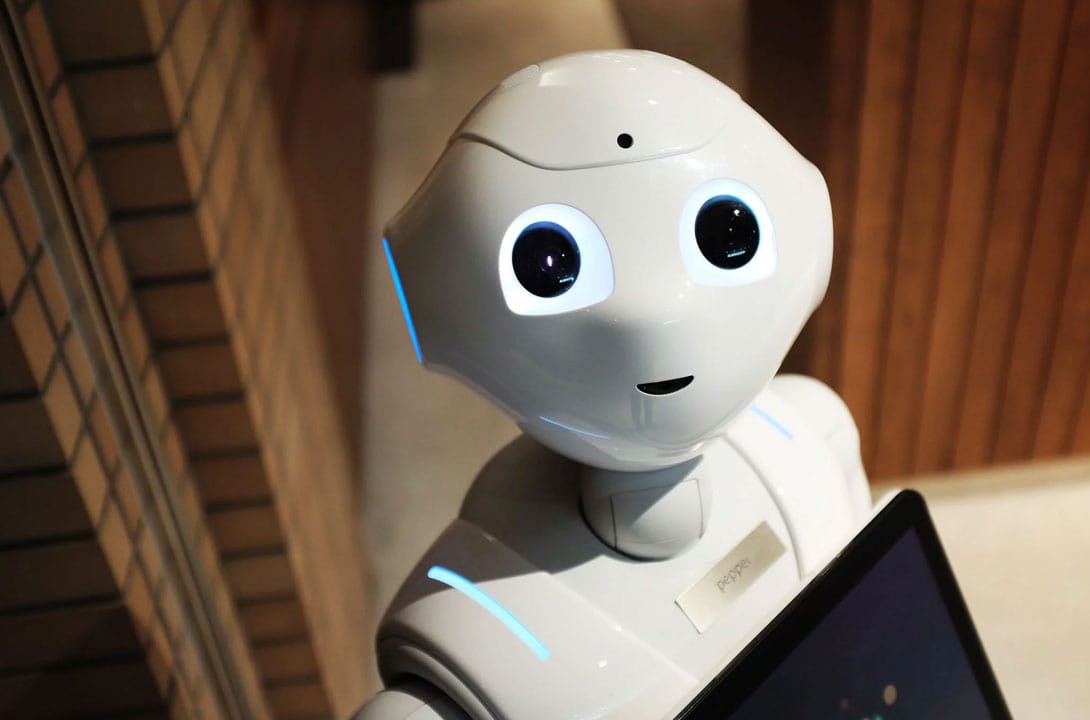AI and Automation in HR: Impact, Adoption and Future Workforce – Part 2
17.10.2019 | Soumyasanto Sen

Artificial intelligence (AI) has been changing our lives for decades, but today its presence is bigger than ever before. Sometimes, we don’t even realize it when a new AI-powered system, tool, or product appears and outperforms us, humans. In fact, AI is affecting human life on all kinds of levels varying from. Read pt. 2 of the exciting blogpost.
History and Shift
Many AI and machine learning algorithms used today have been around for decades. Advanced robots, autonomous vehicles, and Unmanned Aerial Vehicles (UAVs) have been used by defense agencies for nearly half a century.
Technology has always triggered fears of mass unemployment. Louis Anslow, a self-described solutionist, promethean, and designer explains this reaction in his publication “Robots have been about to take all the jobs for more than 200 years”. In the 1930s, it was vaunted economist John Maynard Keynes, who implicated technology as one reason for the unemployment of the Great Depression. As such, it has always been a hot topic.
BBC Capital recently published the history of unfounded fears over the future of work which states that back in 1959, the mathematician I.J. Good predicted that “All the problems of science and technology will be handed over to machines and it will no longer be necessary for people to work”.
Another recent article by the Mckinsey Research Institute, “What the future of work will mean for jobs, skills, and wages” states that this kind of skill shift or employment displacement is not new.
The First Industrial Revolution began in England in the 18th century and the economies of Europe, the United States, and other countries have undergone two intense waves of structural change since. Mechanization enabled a revolution in agriculture and in industry, encouraging a migration of workers from the countryside to cities. A second structural shift occurred in the past 60 years as the share of manufacturing employment declined in some countries while the service sectors grew.
According to research by Mckinsey, the employment shifts accompanying this process of structural transformation have been very large. Throughout these large shifts of workers across occupations and industries, overall employment as a share of the population has generally continued to grow.
Global Economies like the US, China, India, Germany, Japan, and Brazil are going to be impacted more than emerging economies like Indonesia, South Korea, Turkey etc. The impact of AI and automation varies depending on a country’s income level, demographics and industry structure.
Expectations vs. Reality
So, will AI and automation go and automate our jobs?
"So far, AI and ROBOTICS are not used to “AUTOMATE JOBS”, rather to “AUTOMATE TASKS” and “AUGMENT” human functions which in turn increases productivity and performance."
Most of our daily jobs are associated with tasks like paperwork, scheduling, timesheets, accounting, expenses etc. (as shown below with an average percentage). Of course, it is useful to outsource these repetitive tasks to digital assistants or automated software, freeing up more time for deep thinking and creativity.
When it comes to the cognitive technologies that leverage AI that are currently available in the market, their main impact so far has been to augment existing job functions, not to eliminate workers. The machines or systems that can reason, learn, and interact naturally with people will likely continue to eliminate repetitive tasks, help the workforce to do their jobs better and faster, and free up time for more interesting tasks.
For most workforces, cognitive technologies will likely enable them to move into new and more rewarding roles. Therefore most organizations and their employees are likely to experience positive effects from the AI-based technology and automation.
Adoption and Strategy
It becomes pretty clear from all these analyses that occupations involving (a lot of) physical work in predictable environments – including production workers and building and grounds cleaners – as well as office support roles like clerks and administrative assistants, are likely to face a significant impact on their activities as a result of AI and automation. Doctors and professionals like engineers and business specialists, on the other hand, are less likely to experience as much of an impact.
The current level of educational requirements for occupations tends to be correlated with the likelihood of these activities being automated. Occupations requiring some higher education generally include work activities that are less automatable than those requiring a high school diploma and some experience.
"Workers impacted by automation are easily identified, while new jobs that are created indirectly from technology and a shift in skill sets are less visible and spread across various industries and geographies."
The World Economic Forum report, “The Future of Jobs”, looks at the employment, skills and workforce strategy for the future. The writers of the report asked chief human resources officers and strategy officers from leading global employers what the current shift means, specifically for employment, skills, and recruitment across industries and geographies.
They found that the current developments in AI and automation will transform the way we live and the way we work. Some jobs will disappear, others will grow and jobs that don’t even exist today will become commonplace. What’s certain is that the future workforce will need to align its skillset to keep up the pace.
According to Laetitia Vitaud, a researcher on the Future of Work & Consumption, most of the HR divisions or departments of our modern corporates have become process-driven ‘machines’ that manage people like assets, rather than unique human beings that require personalized attention.
Instead, HR departments run top-down process-engineered ‘systems’ — to recruit large lumps of resources, handle payroll, organize annual appraisals, send simultaneous batches of employees to training, etc. — that leave little room for personalization, flexibility, and creativity.
In her publication, “Can AI Put the ‘Human’ Back into Human Resources?”, Laetitia explains that what many HR professionals fail to understand is how AI provides a unique opportunity to redefine HR and give it increased relevance.
In short
So, the key will be for HR to develop an AI and Automation Strategy that starts by analyzing what job roles, processes, and workflows will be re-skilled by AI. In her recent article, “AI plus Human Intelligence Is the Future of Work”, Jeanne Meister states how one can begin thinking about the implications of AI and automation on work tasks, key job roles, and work processes. You can simply start by asking:
- Automate: What are the key activities within this role that could be automated to provide greater efficiency and effectiveness to accomplish routine tasks?
- Augment: How could more value be created by applying people analytics to identify new business insights for better strategic planning and actions?
- Amplify: Which work processes and workflows could be re-designed by AI technologies to boost human activities and decision-making?
The diagram below shows the critical factors that are needed for an AI strategy for HR and the workforce. Based on these fundamentals and essential factors, a value proposition can be created for the business and its (future) talent.

Technology is not only a key enabler in creating the best employee experience. With the correct readiness, HR leaders can leverage these concepts to provide a culture of innovation. Going digital and embracing automation in the most efficient manner will certainly enhance the human performance of an organization.
The future is in our own hands and we should plan & implement the necessary strategy to make ourselves ready for our own, better future by accepting the fact that our future is about collaboration between Humans & Machines.
See also medium.com.


